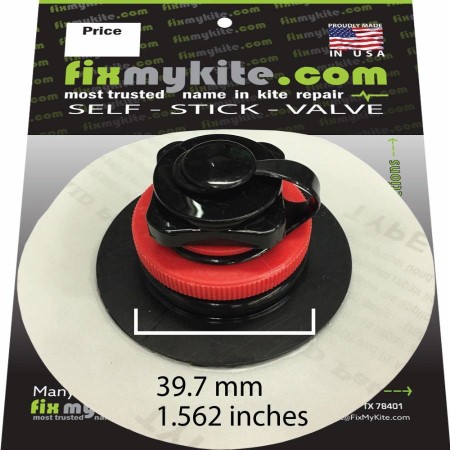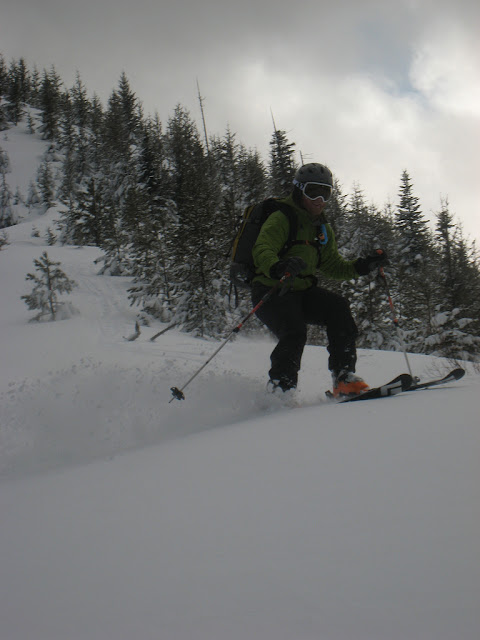 |
| Ryan measuring slope to scope a safe line |
If you're looking for a great snowshoe trip or ski tour near Seattle, check out Road 800 at Blewett Pass in Eastern WA. Big views, scenic tour, low angle and potential for route variation: you can stay on the road or easily head up on the ridge.
Ryan and I toured up Road 800 when we were first learning to ski. We saw a trip report, checked it out on
hillmap.com and saw that the tour had what we were looking for: an easy ski with a beautiful ridge, alpine terrain, easy parking and most of the terrain is less avalanche prone (although there are some drainages and road cuts that could slide...so this is not a tour for people who don't know how to stay safe in avalanche terrain.)
The map above shows the route along Road 800 to the top of a peak at 4885'. You can click and drag on the map to see the beginning of the trail.
View the map in hillmap.com to see the route on a USGS map, or use the
Caltopo slope feature to see the steepness of the slopes.
The views are stunning: the jagged peaks of the Stuart Range to the South and North to the peaks and hills that roll into Wenatchee. Our trip was on an overcast day, however, we did have a peek of blue sky and distant mountains.
Below is a screen shot of the route with steep slopes (greater than 30 degrees) highlighted in red. You can do this analysis using the hillmap.com slope tool analysis, under the Overlays tab.
 |
| Skiing Road 800 |
How to get there
Drive Highway 97 and park at the Sno-Park just West of the Pass (on the North side of the Highway). You need a Sno-Park permit to park here.
The route
Ski or snowshoe up Forest Service Road 7324, and take the spur road 800 left.
This is a popular area, and the road can get slippery and icy in places at the beginning of the trip. But, road 800 is in a non-motorized vehicle area, so while you may hear snowmobiles, you won't have to breathe their exhaust once you reach the spur.
The road climbs quickly, and in a little less than a mile you will come out on a gently sloped road that traverses the North side of the ridge. Ski or snowshoe out the ridge as far as you want. We skied the road until we saw a gorgeous ridge to head up for some fun turns and more views.
 |
| Feeling alpine up on the ridge |
You can tailor the trip to suit your level of skill and adventurousness by skiing either the road or the ridge line. We found great snow, and the ridge gave us a truly alpine feel on a day that avalanche danger was high around the state and prevented us finding steeper terrain. We met one other party out on the road.
Ryan and I learned about this trip from the
Wenatchee Outdoors Blog...a great resource for skiers and other outdoor enthusiasts in Eastern WA.
 |
| Ryan digging a snow pit to test snow conditions and avalanche potential |
This information does not guarantee that this is a safe trip for you, or that you will find safe conditions during your trip. Your safety is your own responsibility. Stay safe, and have fun out there!








.jpg)































